She performed in vintage stage productions for years prior to getting her first role on screen. Her career was in limbo when she was abruptly fired from a prominent position at the height of her success. A return to the public eye years later demonstrated how little and how much had changed.
During the golden age of television, she was acclaimed as a rising star and landed parts in some of the most well-liked shows of the 1970s and 1980s. Because of something about her appearance that made it impossible to ignore, audiences paid attention in addition to her acting prowess.
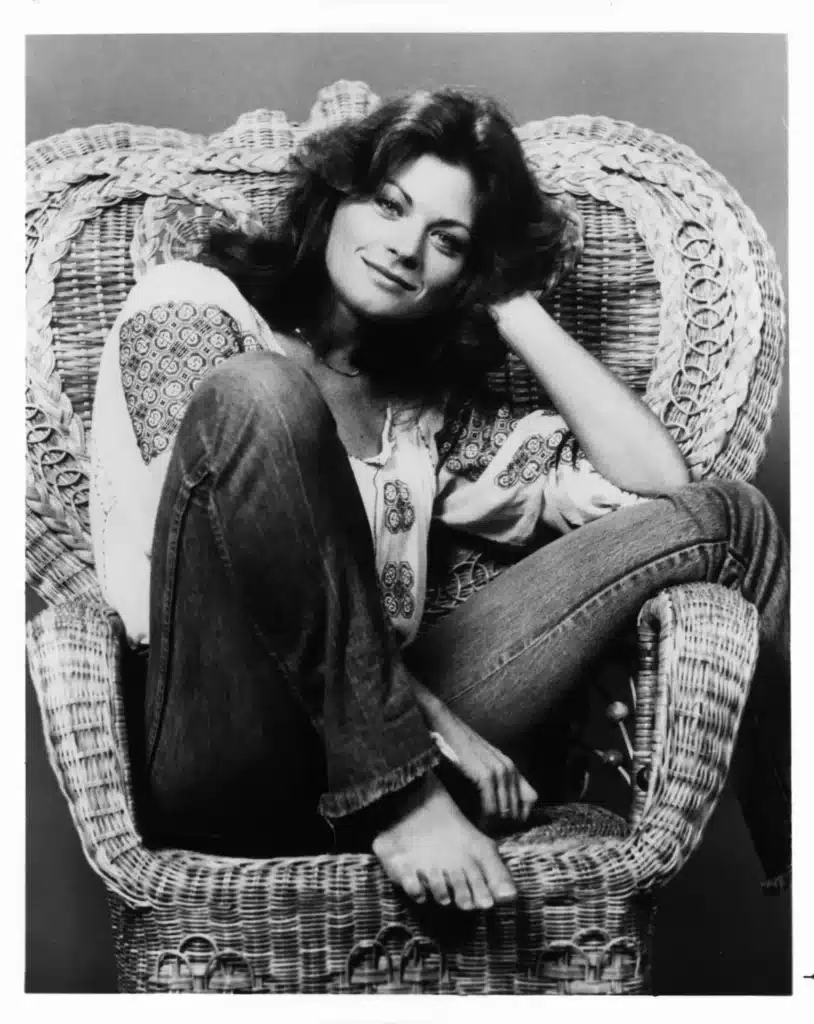
But just as her career gained momentum, an unexpected casting decision changed everything. For years, she was absent from screens and headlines, leaving fans to wonder what had caused such a promising career to stall. The answer lies in a story shaped by industry decisions and personal choices.
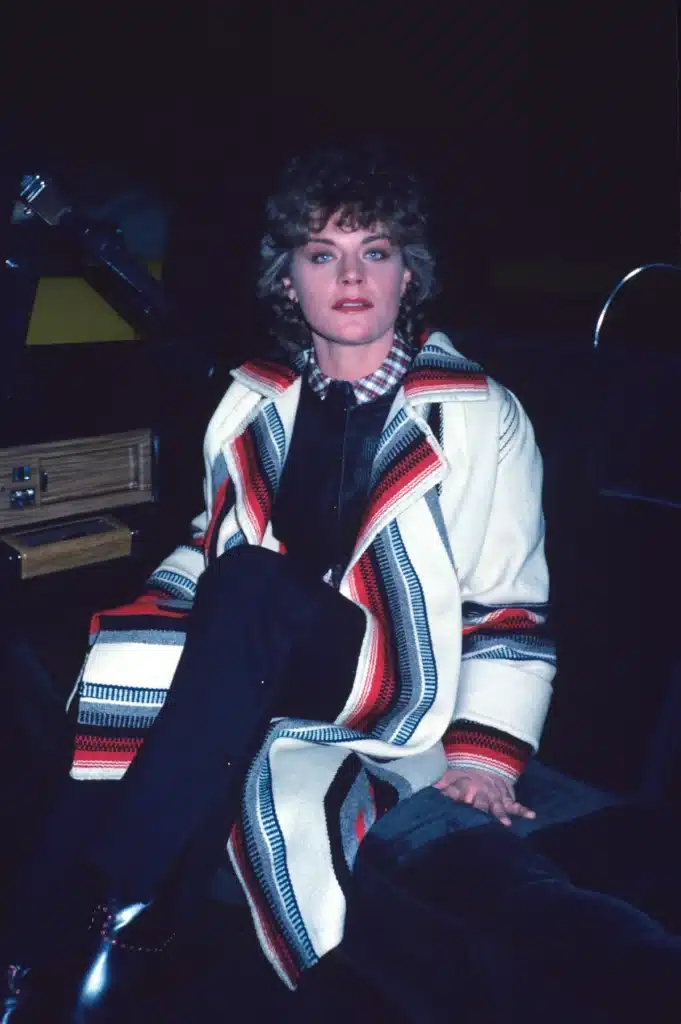
Early Years and Craft Training
Her career as an actress began to take shape long before she was thrust into the limelight in Hollywood. She was raised in Rowayton, Connecticut, and was one of five siblings born in Reading, Pennsylvania, on May 10, 1948. She displayed a strong interest in the arts at a young age, a passion that would later direct her career.
She attended the famous Neighborhood Playhouse School of the Theatre in New York City for formal training because she was determined to hone her skills. She learned from renowned acting instructor Sanford Meisner there, whose techniques impacted some of the most well-known performers in the business.

Her early stage credits included diverse roles such as Miss Hardcastle in “She Stoops to Conquer,” Feeney Evans in Bernard Shaw’s “The Shewing Up of Blanco Posnet,” and The Blonde in “Between Two Thieves.” These roles helped shape her craft and build a solid foundation for what lay ahead.
In 1969, she transitioned to screen work with an appearance in “NET Playhouse,” marking the beginning of her on-screen career. From there, she steadily gained experience, moving through guest appearances on television shows that gave her greater exposure.
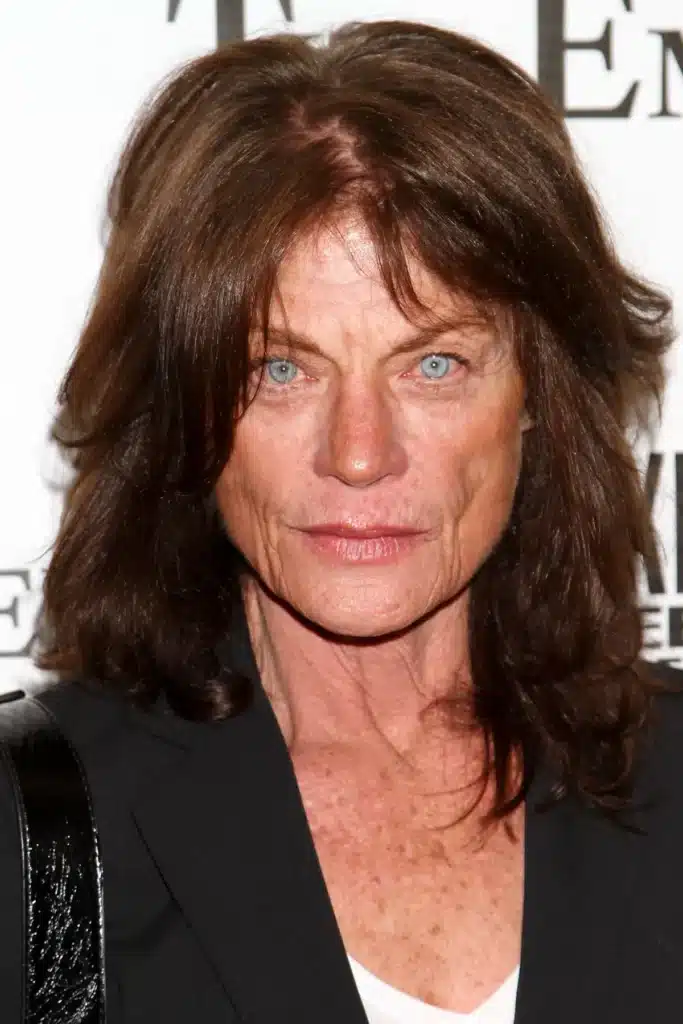
Getting More Popular on Television
She developed her television career steadily throughout the 1970s, appearing as a guest on some of the most well-liked shows of the time. Her versatility and on-screen persona were on display in series like “Hawaii Five-O,” “The Six Million Dollar Man,” and “Barnaby Jones.”
Her reputation as a dependable and captivating actress who can play a variety of roles in various genres was cemented by these appearances. She played Hester Prynne in the television miniseries “The Scarlet Letter” in 1979, which would turn out to be a crucial role in her early career.
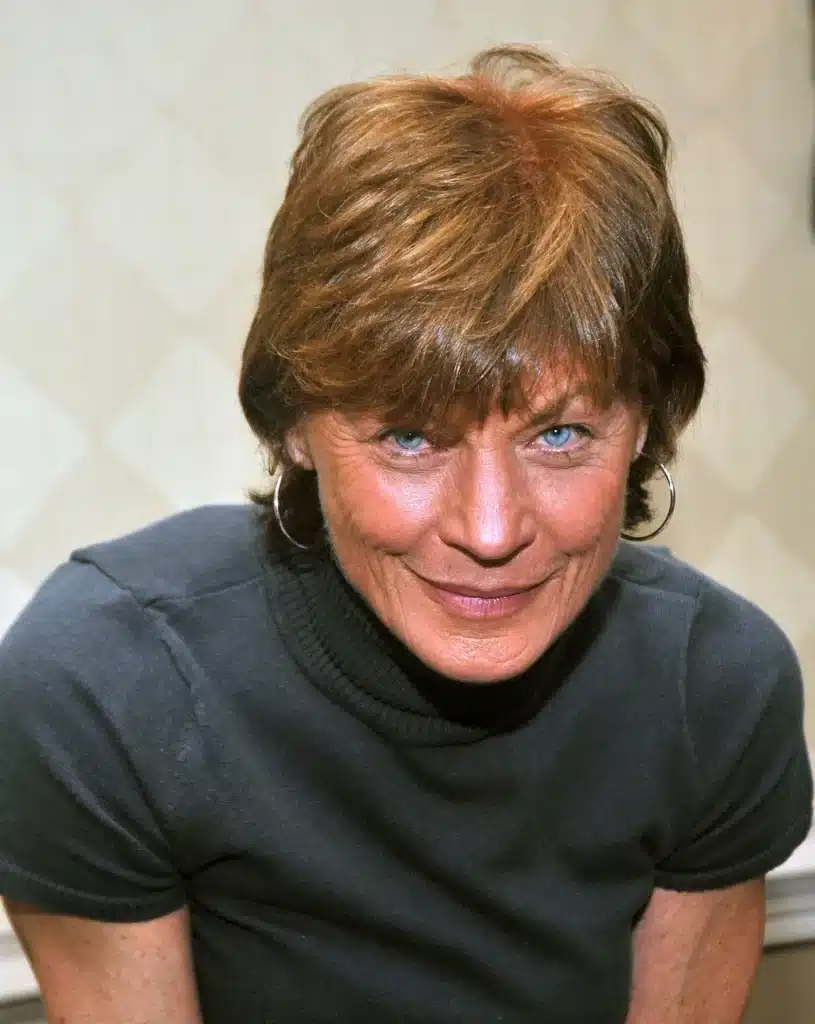
Her performance, which garnered critical acclaim and was a turning point in her career, portrayed a woman caught in the tumult of forbidden love and social judgment. But getting recognition had not been simple at the time.
In a 1979 interview, she reflected on that time, saying, “I couldn’t get a job.” “Oh, God, I need some creative nourishment,” I prayed repeatedly. I wasn’t interested in taking any part. I was really terrified. The part of Hester Prynne felt like a much-needed break in what had been a depressing run of auditions and rejections after 16 months without a job.
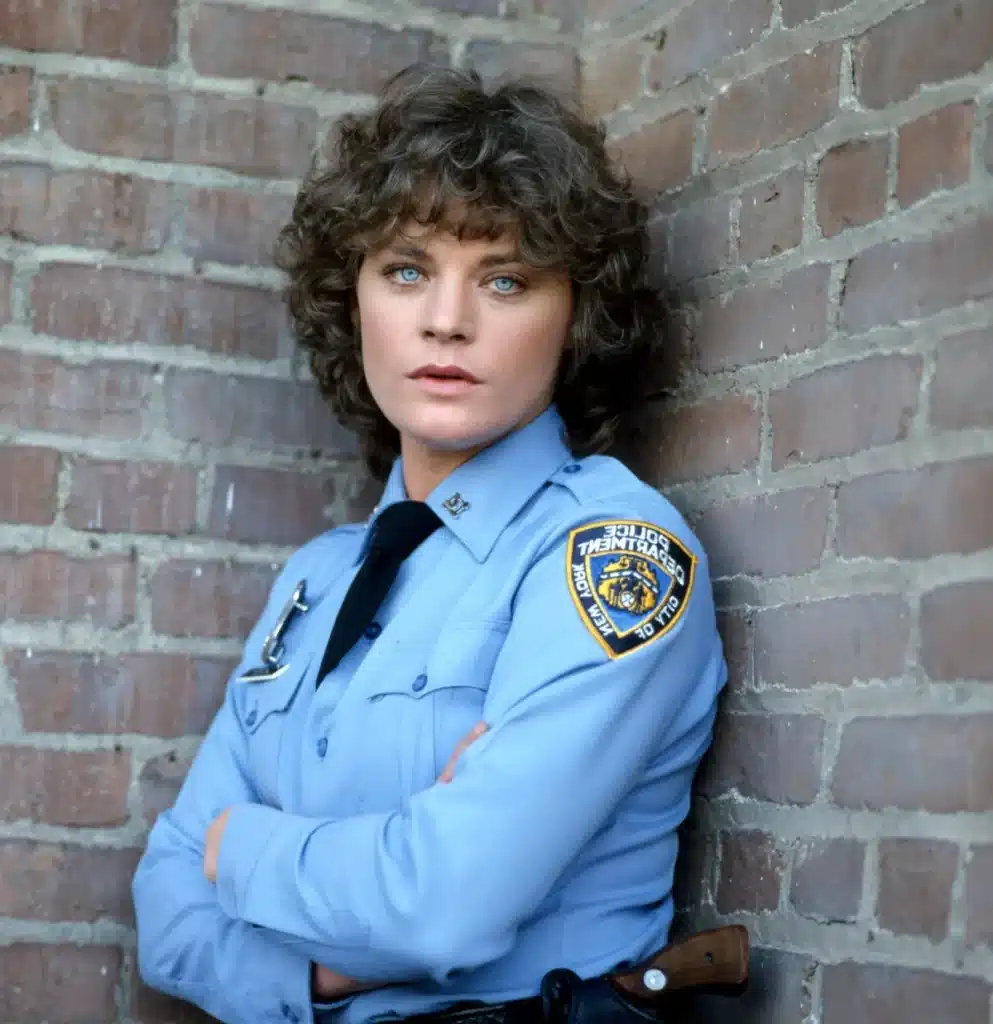
Alongside the professional challenges, she faced personal struggles with self-image. “I tend to get insecure about my looks,” she admitted. “Oh, I’d love to have long fingernails. I’d love to have longer legs. And I’d love to be four inches taller.”
Despite her lean frame, she expressed concern about being ten pounds overweight. Still, she maintained perspective, telling herself, “I am the only Meg. I have something different to offer.” Unbeknownst to her, she did have that “something different” that drew widespread attention — but not always in the ways she might have hoped.
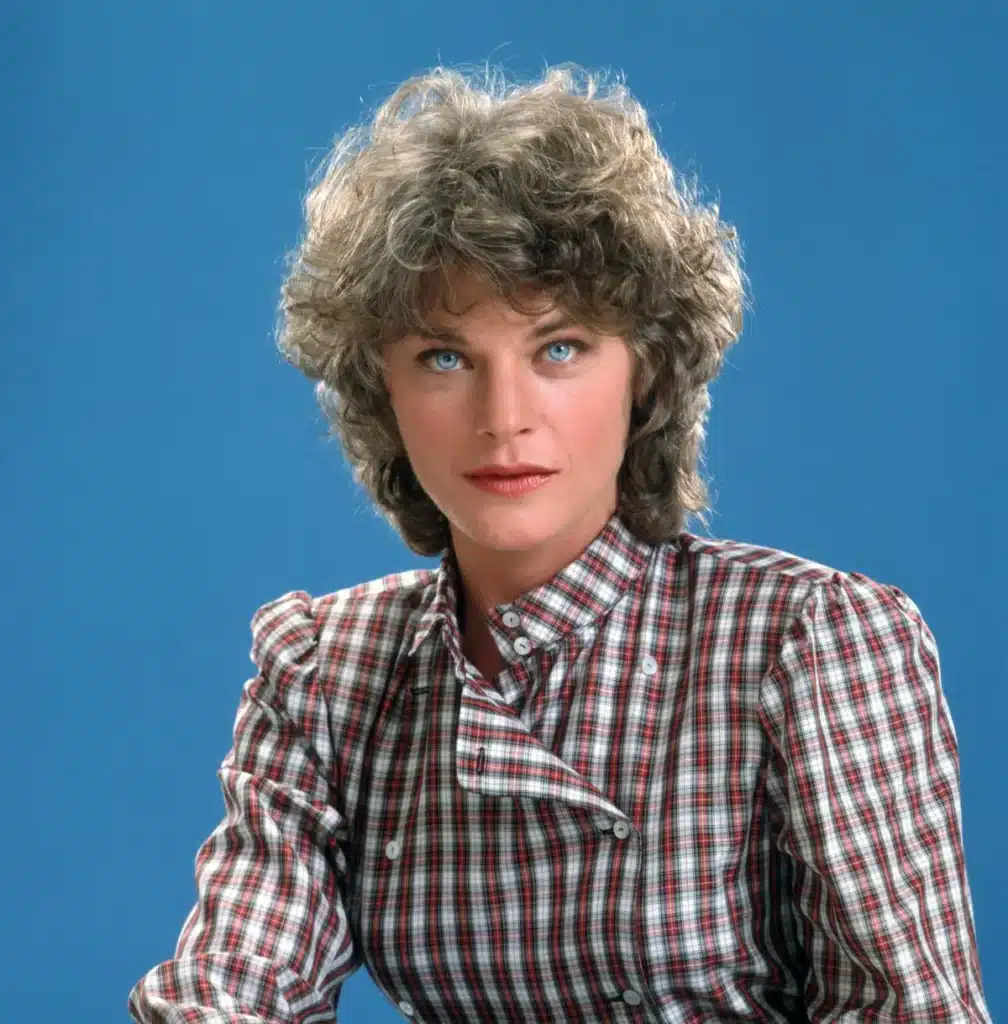
The Eyes Everyone Remembered and the Breakthrough Role
Her unique appearance and expanding list of television credits had started to garner significant attention by the early 1980s. Her casting as Christine Cagney in CBS’s police drama “Cagney & Lacey” was one of her most important career moments.
When Loretta Swit, who had portrayed the character in the pilot, was unable to continue, she took over. The show, which focused on two female detectives, was renowned for its dramatic storytelling and strong female leads.
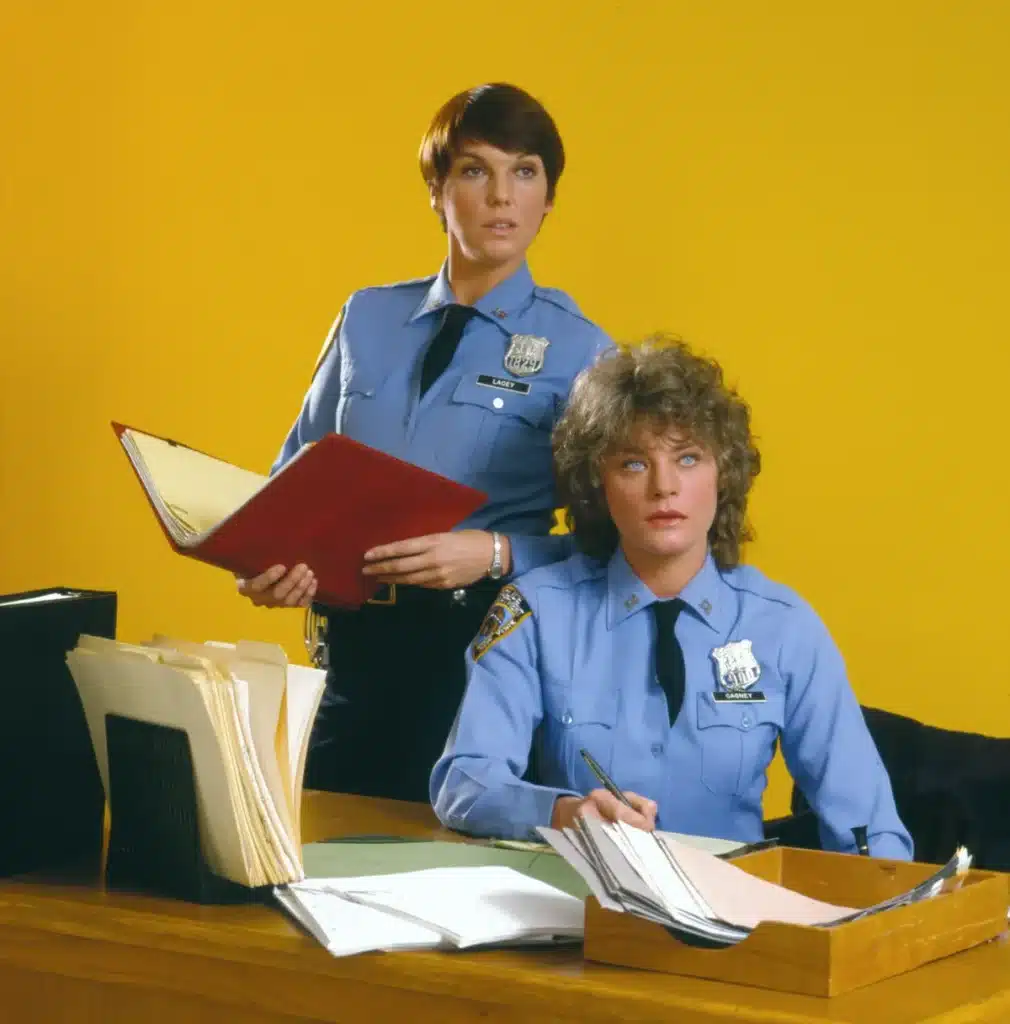
The opportunity to anchor a big TV show and reach a wider audience seemed like a game-changer. But it was a fleeting opportunity. Sharon Gless quickly took her place on CBS, but Tyne Daly, who costarred with her as Mary Beth Lacey, remained.
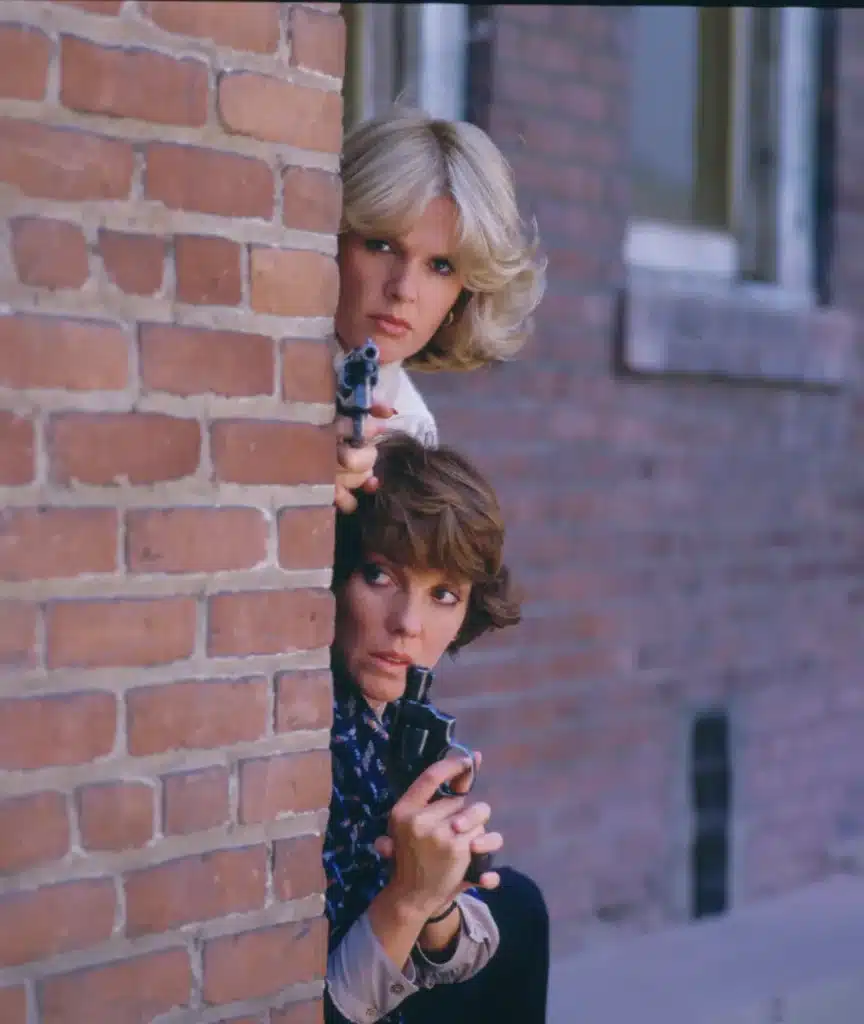
Although there was initially no official explanation given, the change generated conjecture among viewers and within the industry. Her reaction was described as extremely painful by friends close to her. According to reports, she told them it felt like she had been “hit by a truck” and initially decided not to discuss the situation in public.
She felt that it was preferable to remain silent and let her deeds do the talking. Without a clear explanation for her departure, rumors started to circulate because in Hollywood, silence breeds rumors. Some labeled her a possible problem, assuming she had been challenging on set.
Initially celebrated for her magnetic screen presence, this actress saw her career momentarily stumble when her sudden dismissal from a popular TV show sparked wild speculations due to the lack of an official explanation. This mystery led to a downturn in her job prospects as rumors circulated unchecked. However, clarity came when the network later justified their decision as a move to recalibrate the show’s dynamics, after which her career quickly rebounded. She resumed receiving roles, notably starring in the TV movie “Desperate Intruder” alongside notable actors Nick Mancuso and Claude Akins.
Her allure, particularly her striking blue eyes that won the moniker “the eyes of ’79” from Mademoiselle magazine, played a pivotal role in her distinctive appeal, although some producers found them distractingly intense, suggesting she wear contacts to soften their impact. Nevertheless, she embraced her natural look, indifferent to how her eyes might appear to others, focusing instead on the world she viewed through them.
Her career trajectory took a significant turn as she ventured into film, achieving acclaim with roles that capitalized on her compelling presence. Her performances in films like “Masters of the Universe” and “They Live” solidified her status in the industry, displaying her versatility and depth across various genres. Despite the challenges that initially rocked her television career, she maintained a robust presence in Hollywood through the late 1980s and beyond.
Away from the limelight, she cherished a quieter life, focused on family and simple pleasures. Married to actor Stephen McHattie, she relished domestic life in suburban Los Angeles, engaging in everyday activities like cooking and spending time with their son, Christopher. These personal commitments did not deter her professional engagements, as she continued to accept roles that aligned with her evolving artistic and personal life.
Today, while her appearances may not garner the widespread attention they once did, she remains an active and respected figure in the film and television industry. Her legacy is not just in the roles she portrayed but also in her approach to life and career—grounded, authentic, and unswayed by the superficial allure of fame. Her enduring appeal, marked by her remarkable natural beauty and distinctive eyes, continues to resonate with audiences, embodying the timeless elegance and integrity of a true star.







